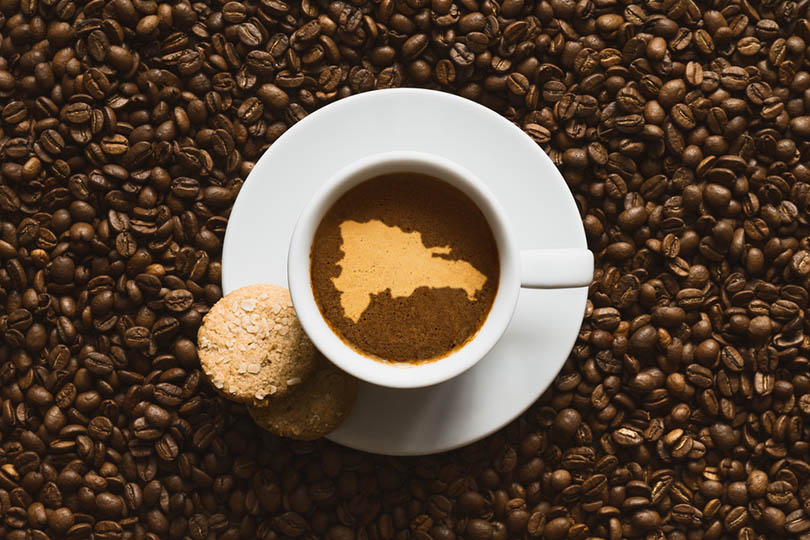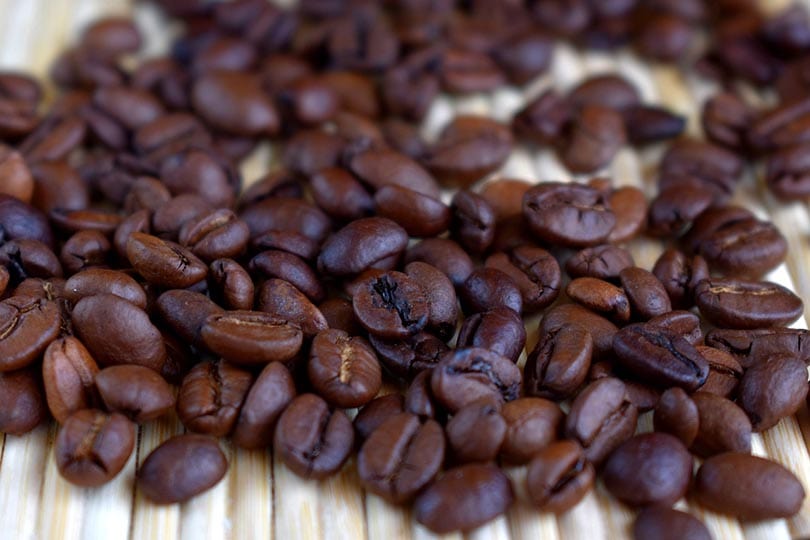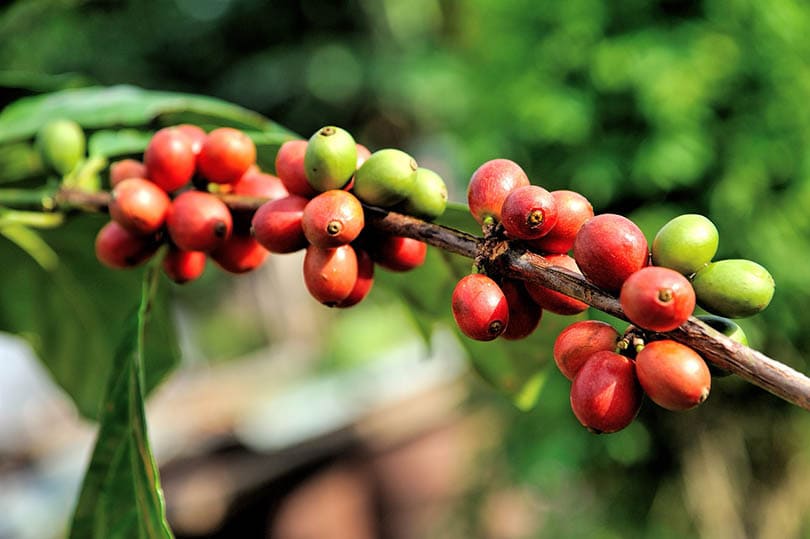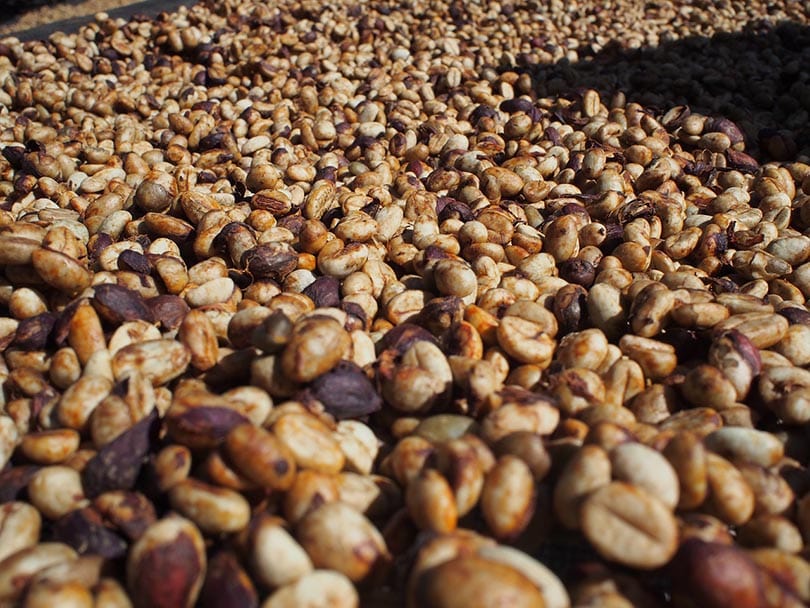
Coffee is an important aspect in many cultures and regions, especially in countries that also produce it. Many locations provide the right climate and temperature to grow coffee, making it a crucial product to export. The Dominican Republic is famous for its coffee, tobacco, and sugar exports, supporting its economy with its agricultural goods. Although they’re lower on the list of top coffee-producing countries at #27, they produce high-quality, mountain-grown coffee that appeals to a lot of premium coffee drinkers.

Dominican Republic Coffee Overview
Coffee Bean Type
The coffee beans from the Dominican Republic are predominantly Arabica beans, famous for their natural sweetness and delicate flavors. Arabica beans make up nearly 70% of all coffee beans produced globally, so it’s no surprise that the Dominican Republic exported coffee beans are of the Arabica variety. Less than 2% of the coffee in the Dominican Republic are Robusta beans and are rarely exported, enjoyed mainly by the locals.

Growing and Harvesting
Like South American countries like Colombia, most of the coffee in the Dominican Republic comes from small-scale farms of the mountainous regions. There are six major coffee-growing regions, with five regions consisting of hilly, mountainous plots, perfect for elevation-grown coffee. The farmers plant the coffee plants at around 2,000–5,000 feet above sea level, the ideal elevation for growing coffee.
After harvesting the coffee cherries, most coffee farmers choose the wet method of processing. Wet processing coffee cherries involves using water to wash the seeds from the cherries, which can influence the final flavor profile. However, some smaller farms may also choose the dry method of processing coffee. The farmers will leave the cherries out in the sun to dry, and then harvest the beans. Dry processing has much less influence on the flavor, though some prefer the flavor of wet-processed coffee.
Flavor Profile
Dominican Republic coffee has different flavors within each region, but the coffee flavor is generally like other Caribbean coffees. It’s bold in flavor like other Caribbean-grown coffee beans but with a deeper, earthier taste. The coffee from the Barahona region is arguably the highest-quality and most flavorful, grown at a higher elevation than the other coffee-growing regions in the Dominican Republic.

About Coffee and Dominican Republic
Although they’re not a major coffee-producing country like Brazil or Vietnam, the Dominican Republic still produces around 350,000 60-kilogram bags of coffee every year. The unique climate and the year-round rain make the Dominican Republic a great place to grow coffee, which they have done for centuries. However, they only export a fraction of their yearly production, keeping around 70% of the coffee on the island for locals to enjoy.

History
As with many other countries, coffee was brought over to the Dominican Republic and is not a native crop. Coffee arrived in the Dominican Republic during the early 1700s through colonization by the Spanish. Because of the perfect climate in the Dominican Republic, coffee quickly became an essential crop for farmers. Coffee was first farmed in the Cibao region, then quickly spread to other farming regions as an easy crop to grow. By the late 1870s and 80s, the Dominican Republic started to export its coffee. Coffee production kept rising and hit a peak of over 3 million pounds in 1900, but it has yet to that amount since. Still, the Dominican Republic offers a wide range of coffee blends of premium quality and flavor, but they prefer to keep a lot of their coffee in the hands of the locals.
Current Yearly Production
Sitting at #27, the Dominican Republic produces around 59,000,000 pounds (400,000 60-kilogram bags) of coffee a year. Although the amount of land for commercial coffee production has been reduced, small farms have been keeping the coffee production relatively steady. Even with the lower amounts, coffee is still an integral crop for exportation. Though their coffee production quantity hasn’t had a major impact on other countries, their coffee beans are some of the best in the world.

Best Ways to Brew Dominican Republic Coffee
- Pour-Over – One of the best ways to showcase the full extent of flavors in Dominican Republic coffee is to use the pour-over method with a medium roast blend. The pour-over method will have an acidic crisp that complements the floral notes without diluting the earthy base.
- French Press – A medium or dark roast blend of Dominican Republic coffee will work great with a French Press, bringing out the darker and more chocolate flavors. It’s smooth and creates a bolder flavor, especially in darker blends.
- Drip-Brew – Using a high-quality drip-brew coffee maker will have a nice balance between acidity and depth, especially in lighter roasts. This is the best method for more delicate roasts since Dominican Republic coffee is a full-flavor type of coffee.
Featured Image Credit: PatrikV, Shutterstock















